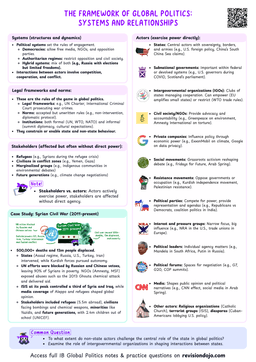Understanding Conflict Dynamics

Conflict dynamics
Conflict dynamics refer to the patterns and processes that shape how conflicts emerge, escalate, and resolve. These dynamics are influenced by a complex interplay of factors at local, national, and global levels.
- Emergence: Conflicts often begin with underlying tensions or grievances, such as economic inequality, political exclusion, or cultural discrimination.
- Escalation: Triggers like political events, resource competition, or external interventions can intensify conflicts, leading to violence.
- Resolution: Conflicts may de-escalate through negotiation, mediation, or intervention, but unresolved issues can lead to recurrence.
- Understanding conflict dynamics requires analyzing both immediate triggers and underlying structural factors.
Causes of Conflict
Conflicts arise from a combination of structural, political, economic, and cultural factors. These causes can be broadly categorized as follows:
- Structural Causes
- Weak Institutions: Fragile states with ineffective governance are prone to conflict.
- Resource Scarcity: Competition over natural resources like water or oil can fuel tensions.
- Inequality: Economic and social disparities create grievances that can lead to violence.
- Political Causes
- Authoritarianism: Repressive regimes often face resistance and uprisings.
- Power Struggles: Rivalries between political factions or ethnic groups can escalate into conflict.
- State Failure: The collapse of state authority creates a power vacuum that fosters violence.
- Economic Causes
- Poverty: Economic hardship can drive individuals to join armed groups.
- Resource Exploitation: The illicit trade of resources like diamonds or drugs can finance conflicts.
- Cultural and Social Causes
- Identity Politics: Ethnic, religious, or cultural divisions can be exploited to mobilize support for conflict.
- Historical Grievances: Past injustices or colonial legacies can fuel resentment and violence.
- External Factors
- Foreign Intervention: External military or economic interventions can escalate or mitigate conflicts.
- Globalization: Transnational networks can spread ideologies or resources that influence conflict dynamics.
- When analyzing conflict dynamics, always consider multiple levels of analysis: local, national, and global.
- This multi-level approach helps capture the complexity of conflicts.
The Role of Triggers and Catalysts
Triggers
Triggers are specific events or actions that ignite or escalate conflicts, while catalysts are factors that accelerate these processes.
Catalysts
Catalysts are factors or events that accelerate or trigger change, often speeding up existing processes or tensions without necessarily being the root cause. In politics, catalysts can intensify conflicts, reforms, or social movements.
- Triggers


